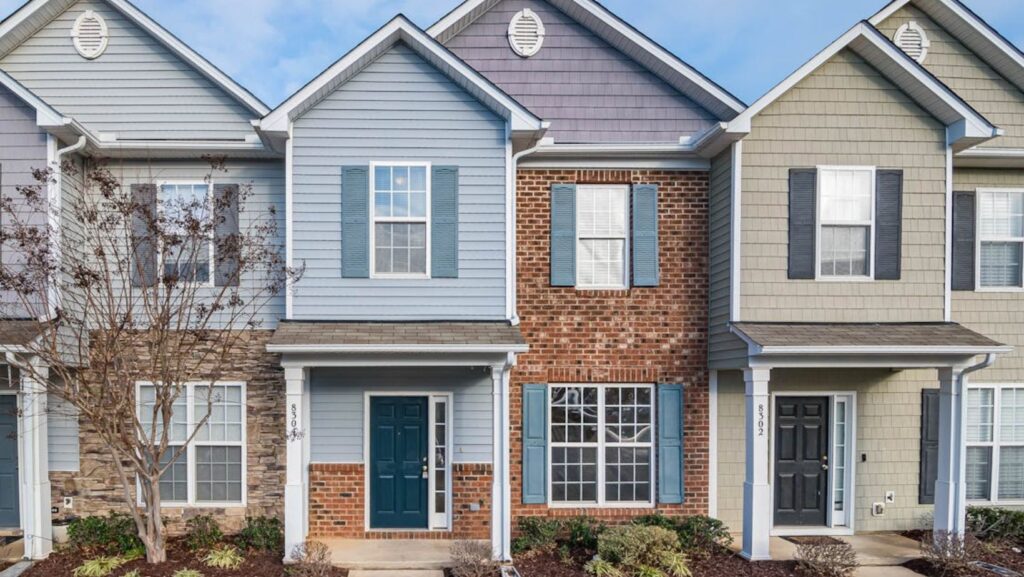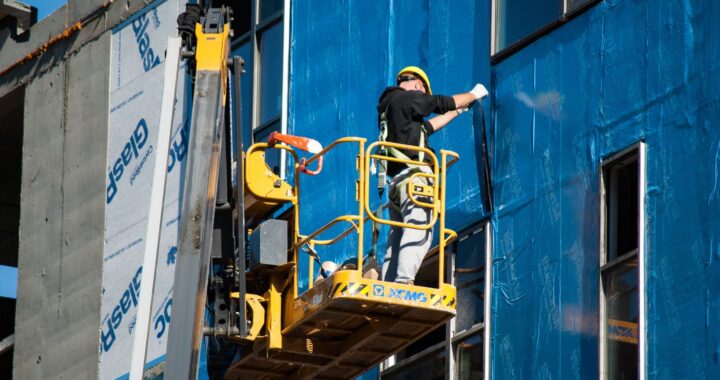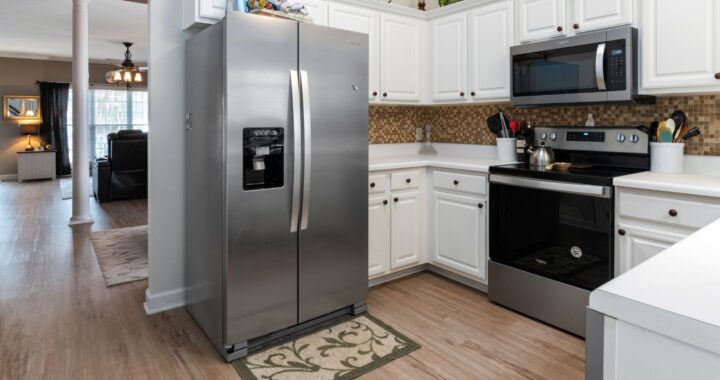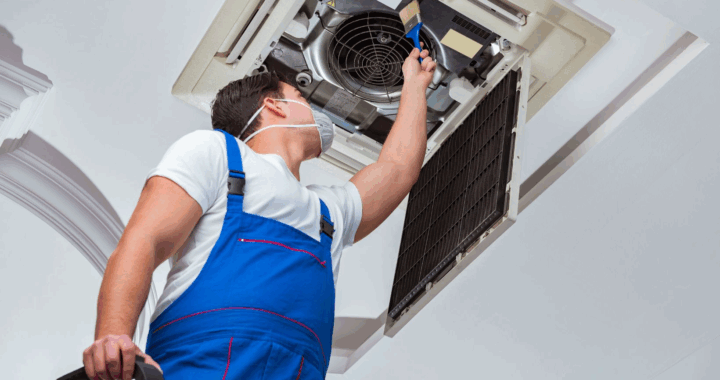How to Choose Between Vinyl and Fiber Cement Siding

Siding protects your home and enhances its appearance. It acts as a shield against the weather while adding charm and personality to your property. The right siding choice boosts curb appeal, energy efficiency, and even resale value.
Two popular options homeowners consider are vinyl and fiber cement siding. But each offers unique advantages, making the decision tricky without clear guidance.
Which is better for your home? Let’s explore the key factors to help you confidently choose between these options.
Understand the Key Differences Between Vinyl and Fiber Cement Siding
Vinyl siding is a lightweight material made from PVC, offering flexibility and affordability. It comes in various colors and styles, mimicking wood or other finishes.
Fiber cement siding combines cement, sand, and cellulose fibers to create a heavier, more durable product. It closely resembles natural materials like wood but resists pests and rot better.
Each has unique characteristics shaping its appearance, durability, and maintenance needs for homeowners.
Think About Which Option Offers More Durability and Longevity
Durability determines how well siding stands up to time and weather.
Vinyl siding resists moisture, but extreme temperatures may cause cracking or warping. It typically lasts 20 to 40 years (depending on the climate and upkeep).
Fiber cement is sturdier, resisting pests, fire, rot, and severe weather damage more effectively. It can endure 50 years or longer with proper maintenance.
When durability matters most for your investment, fiber cement offers superior long-term performance in varied conditions compared to vinyl’s lighter resilience over a shorter lifespan.
Assess How Each Material Performs in Your Climate

Your local weather significantly influences siding performance.
Vinyl resists moisture and humidity well, making it a good choice for areas with mild or wet climates. However, it’s less suited to extreme temperatures, as freezing cold can cause brittleness, while intense heat may lead to warping.
Fiber cement excels in harsher environments. It withstands temperature fluctuations without cracking or buckling and holds up against storms, UV rays, pests, and even fire.
If your region experiences frequent temperature swings or severe weather conditions like hurricanes or wildfires, fiber cement provides better reliability.
For temperate climates with fewer extremes, vinyl offers sufficient protection at a lower cost.
Consider Your Budget
Cost plays a big role when choosing siding.
Vinyl is generally the more affordable option, both for materials and installation. Its lightweight design makes it easier to work with, reducing labor costs.
Fiber cement costs more upfront due to its heavy composition and longer installation process. It often requires skilled professionals, adding to the expense.
While vinyl’s lower price appeals initially, fiber cement may provide better value over time thanks to its durability and longevity. For homeowners planning long-term investments, fiber cement’s higher cost could save money on replacements or repairs later.
Think about your budget now versus future expenses before deciding which aligns best with your financial goals.
Reflect on Maintenance Needs and Your Available Time
Maintenance can affect your siding choice.
Vinyl requires minimal upkeep, making it ideal for busy homeowners. Occasionally rinsing with a hose removes dirt and debris, keeping it clean without much effort.
Fiber cement needs more attention to maintain its appearance and strength. It often requires periodic repainting every 10 to 15 years, along with inspections for cracks or damage. Cleaning involves gentle scrubbing to prevent staining.
If low-maintenance appeals to you, vinyl might be the better fit. However, if you’re willing to put in some time for upkeep and enjoy the benefit of extended durability, fiber cement is worth considering as part of your long-term home care routine.
Evaluate Appearance Options for Matching Your Home’s Style
Siding plays a big role in defining your home’s character.
Vinyl offers plenty of options, with a variety of colors, textures, and styles like clapboard or cedar-look finishes. Its factory-applied color stays consistent over time without the need for repainting.
Fiber cement mimics natural materials more convincingly, especially wood grain. It can be painted any shade to match personal tastes and refreshed later with new paint when desired.
If you want vibrant pre-set colors requiring little upkeep, vinyl delivers convenience. But if an authentic or customizable appearance matters most to your home’s design vision, fiber cement may provide the flexibility and realism you’re after.
Weigh the Complexity of Installation for Both Choices
The installation process impacts both time and cost.
Vinyl siding is lightweight, making it quicker and easier to install.
Fiber cement’s heavy weight and brittleness make installation more complex. It requires special tools, techniques, and expertise to avoid cracks or improper alignment during placement.
For either option, hiring a professional siding company ensures correct installation and prevents costly mistakes.
Factor In the Environmental Impact of Both Materials
Lastly, environmental considerations may influence your siding choice.
Vinyl, made from PVC, is less eco-friendly during production due to emissions and its reliance on non-renewable resources. It’s also not biodegradable, though some manufacturers now offer recycling programs.
Fiber cement has a lower environmental impact. Its components—cement, sand, and cellulose fibers—are more sustainable and recyclable. However, producing fiber cement consumes significant energy because of its manufacturing process.
If sustainability matters to you, fiber cement typically aligns better with eco-conscious values.
While vinyl can be recycled in certain cases, its overall environmental footprint is larger compared to the natural-based materials in fiber cement.
Wrapping Up
Choosing between vinyl and fiber cement siding depends on your priorities, such as durability, cost, maintenance, style, climate performance, installation ease, and environmental impact.
Weigh these factors carefully to select the option that best suits your home’s needs and long-term goals.

 How Florida Contractors Can Protect Their Business From Subcontractor Accidents
How Florida Contractors Can Protect Their Business From Subcontractor Accidents  Stainless Steel Tables: A Reliable Choice for Cooking and Food Preparation
Stainless Steel Tables: A Reliable Choice for Cooking and Food Preparation  Seamless HVAC Protection: Year-Round AC Care and Around-the-Clock Furnace Support
Seamless HVAC Protection: Year-Round AC Care and Around-the-Clock Furnace Support